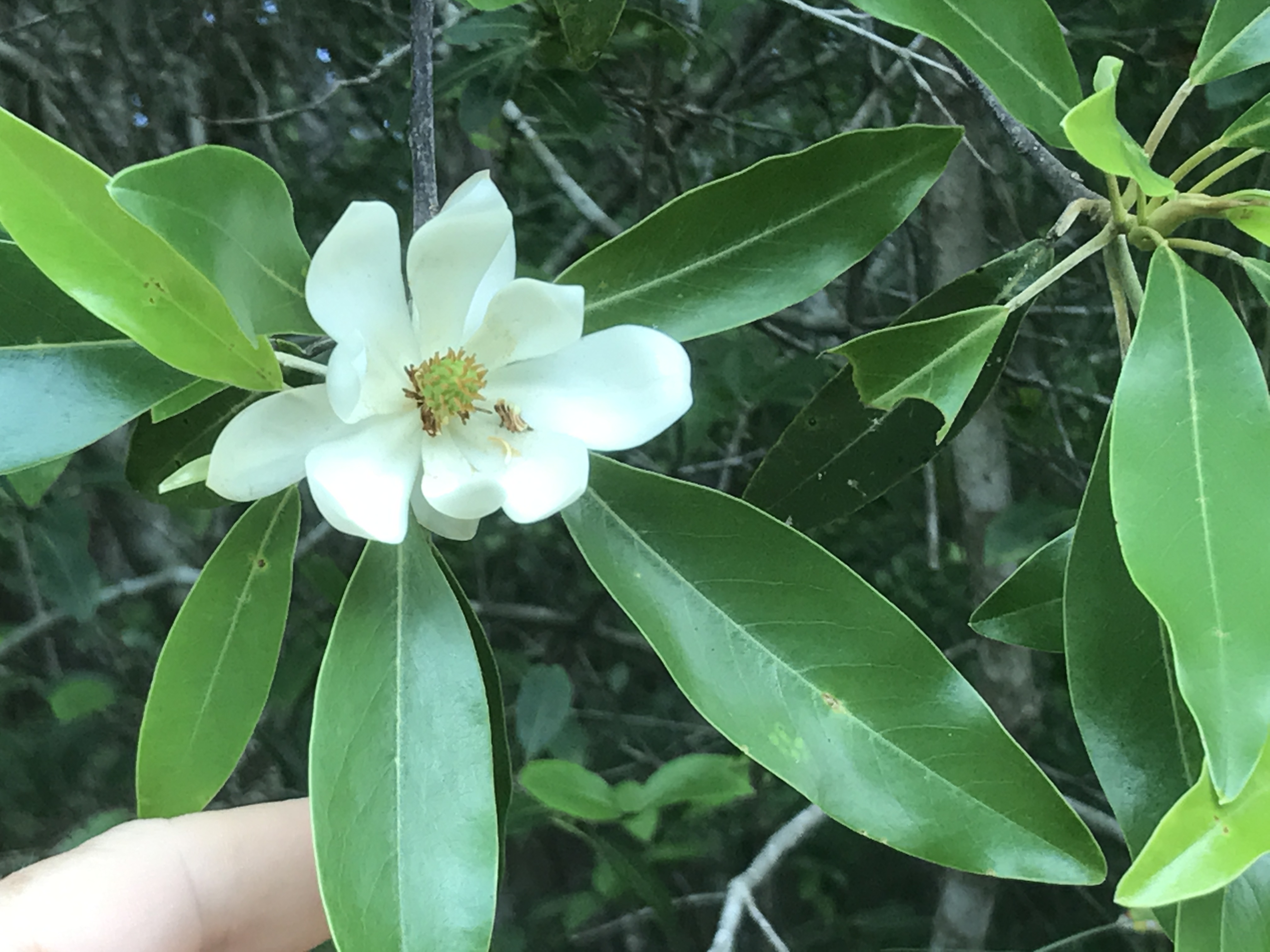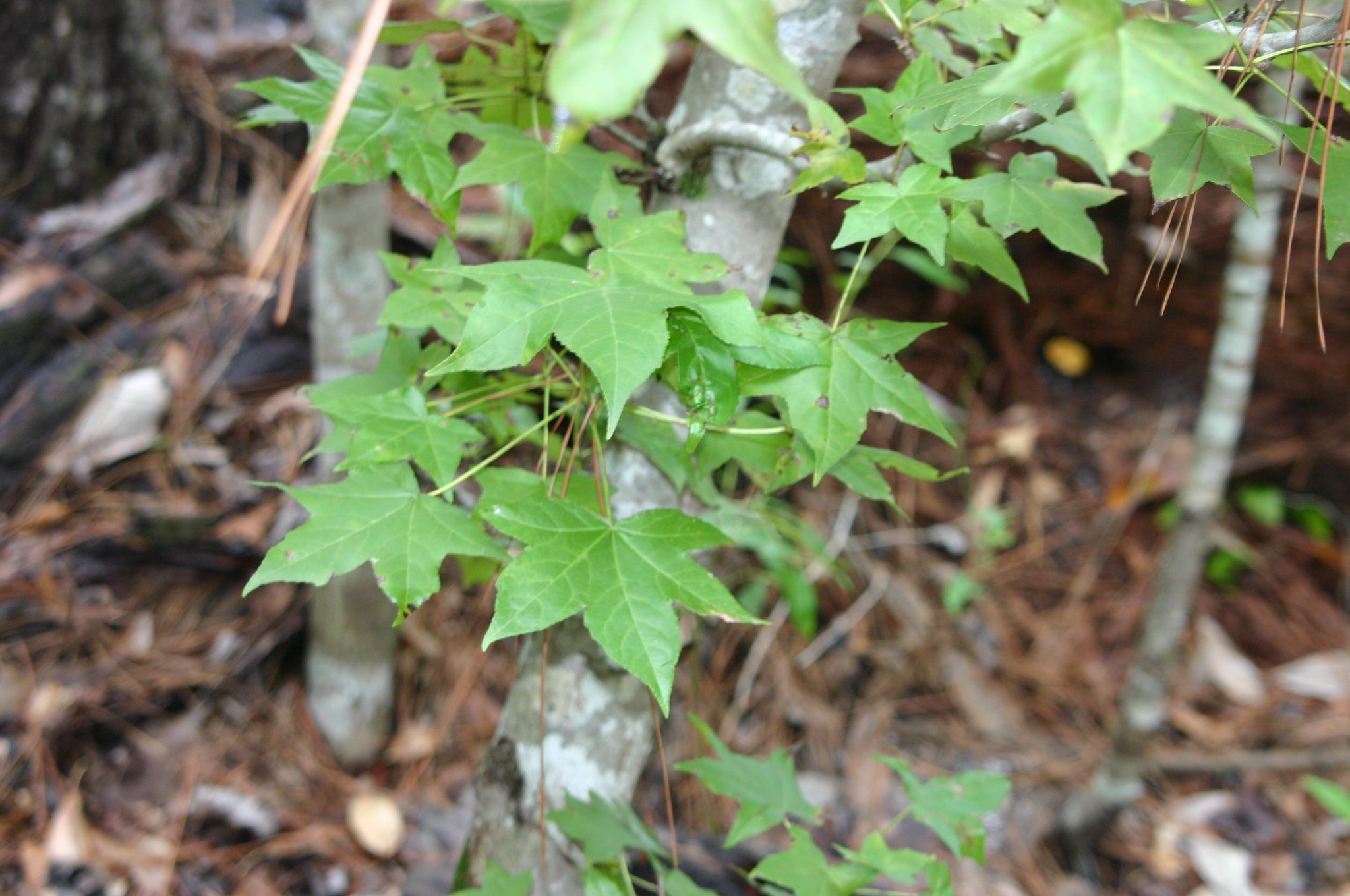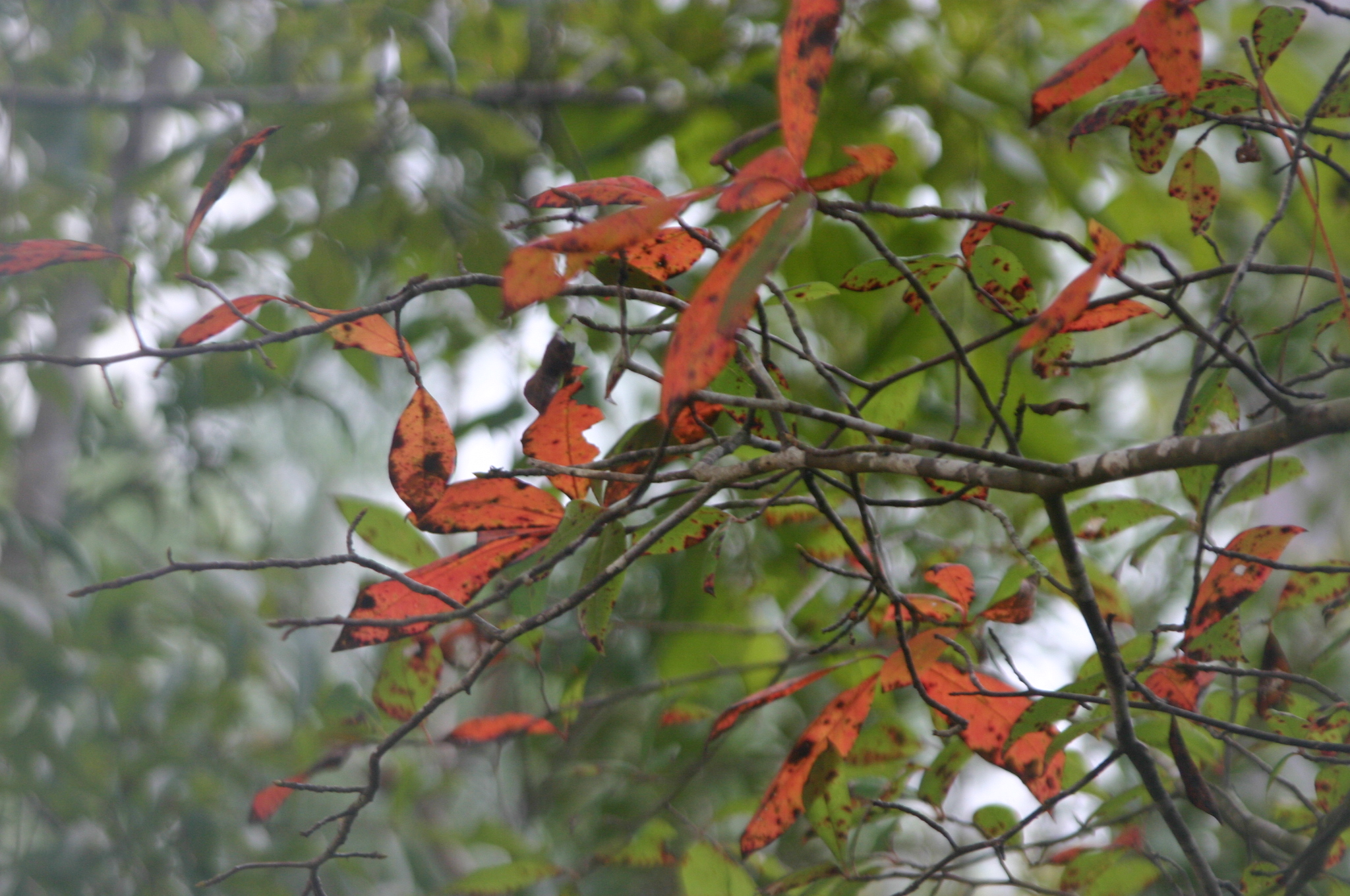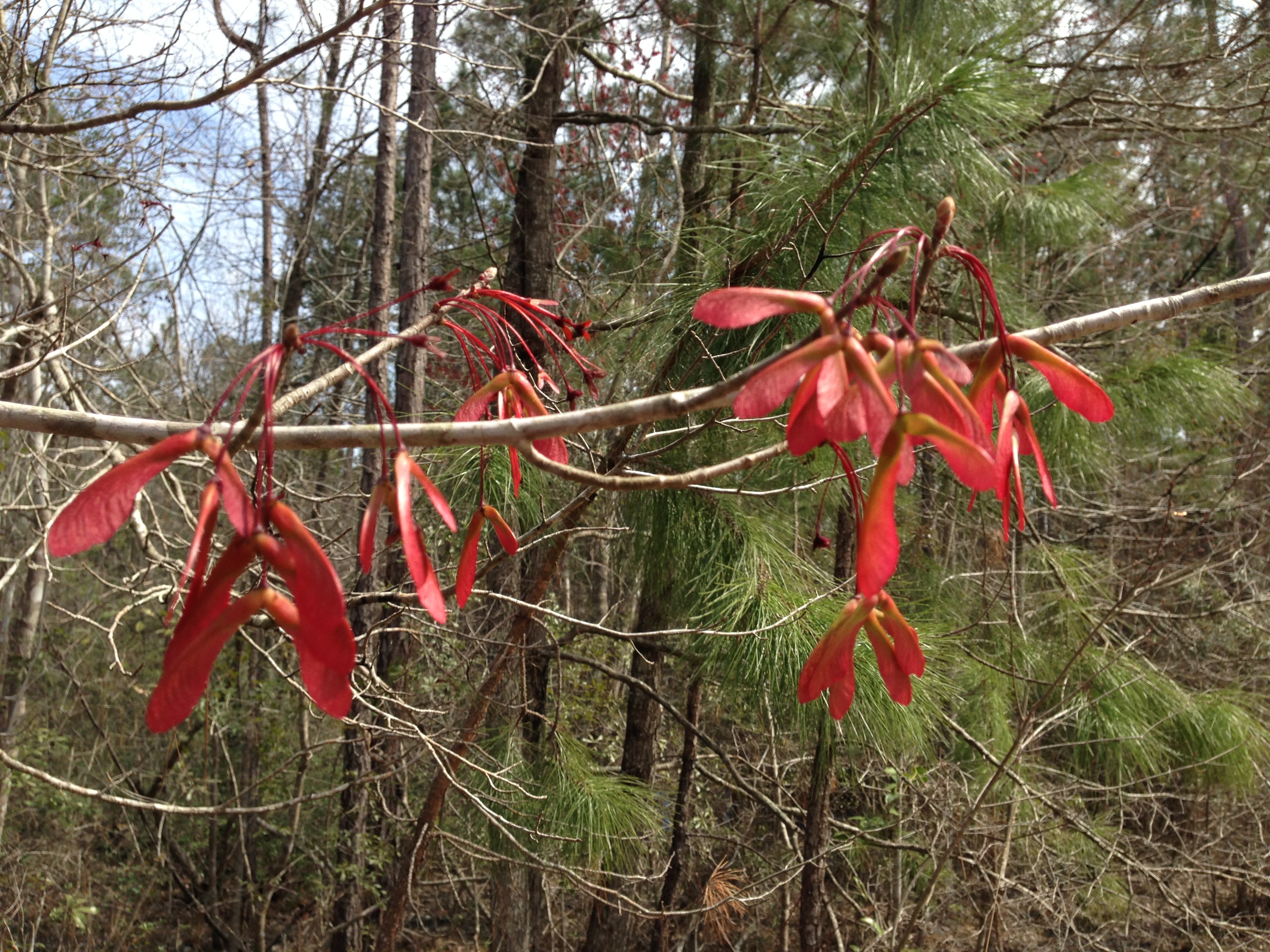Winter reveals the beauty of multi-trunked trees in the forest landscape
Published 12:45 pm Sunday, December 12, 2021
By Patricia Drackett
Director of the Crosby Arboretum and
assistant extension professor of landscape architecture with the Mississippi State University Extension Service
Sometimes along our service road, I do a doubletake after passing what appears to be tiny shrubs on the roadside, ablaze in scarlet and gold. Although the woods may be wearing winter’s drab hues, and the sparkle of autumn color long faded, these leafy clusters can really stand out.
The “shrubs” decorating our roadsides are actually young trees – red maples, to be exact. They are sometimes pared down to the ground during site maintenance project with a brush blade. Following their cutting and a little rest, they will sprout back robustly, with many small trunks. Because the leaves emerge much later in the season, they experience a delay in their development of fall color, although other trees have long ago shed their leaves.
These small plants are the infant forms of trees that we are familiar with having single trunks. Many trees, if disturbed when young, will develop into mature, multi-trunked trunked specimens like those you will see throughout the Crosby Arboretum. We tell our school tours that this is exactly what happens if you stop mowing your lawn.
Walk through our Savanna Exhibit, and you will see multi-trunked saplings dotting the grasslands. In only a few years, these young trees – largely sweetgum, black gum, sweetbay magnolia, and red maples – will grow by leaps and bounds, soon easily surpassing the height of the tallest basketball player. They have tough, extensive, and fast-growing root systems able to withstand the prescribed fire used periodically as a management tool.
Red maple (Acer rubrum) trees are common throughout the eastern U.S. and grow in a variety of site conditions, from moist bottomlands and swamps to much drier areas. It usually grows to 40 feet, although it can get much taller. Red maples are an easy tree to grow, making them an excellent choice for those new to gardening. They make great shade trees, and will grow in part shade or full sun. One identifying characteristic of red maple the fact that it seems to always have red coloring somewhere on the tree – from brilliant red flowers and fruit, red-tinged emerging leaves in spring, or scarlet fall color. Its petioles (the leaf stems) are also red-tinged.
From the towering to the tiny – red maple is also a tree used for bonsai. Its wind-blown samaras will seed prolifically in landscape beds, or wherever else it can gain a foothold. Small trees are easy to pluck from these areas and train into bonsai or transplanted into other areas of your yard.
Deer will browse red maple, and the seeds are consumed by song birds and small mammals. In larger trees that develop cavities, birds such as ducks, owls, and woodpeckers will take up residence. In the winter months, the sculptural structures of the multi-trunked forms of these trees are strikingly beautiful in the forest. Adding to this beauty, one sometimes finds a patchwork of green and gray lichens clinging to the trunks, which are much more apparent in the winter, with less competing greens in the landscape.
Other native trees that tend to develop multiple trunks are river birch, American holly, and yaupon holly. Whether native or ornamental, multi-trunked specimen trees are attractive when planted in front of a stucco wall, drawing attention to its structure. Using landscape lighting to highlight the tree adds another layer of beauty in the landscape.
Winter still offers many days of pleasant weather, perfect for exploring the Arboretum! Walk our grounds over the holidays. We will be open (Wednesday through Sunday) over the holidays with the exception of Christmas Eve, Christmas Day, New Year’s Eve, and New Year’s Day.
Copies of the brand-new floral design book “The Promise of Good Things” by Jim DelPrince, MSU Extension’s floriculture expert extraordinaire and his colleagues, are now available in the Arboretum gift shop. Learn how to decorate your home in burnished hues from harvest to holidays. In this enticing and inspiring book full of ideas, designs, and examples you can use to “bring the promise of good things” into your home and landscape.
Stop by to see the winter gallery exhibit featuring abstract paintings of pitcher plants by Hattiesburg artist Martina Sciolino, on display through the end of December, inspired by her trips to the Crosby Arboretum bog. You can see more of her work at www.NiceCatStudio.com.
Sign up for the guided Forest Therapy walk on Sunday, January 16, from 12:30 to 3:30 p.m.
with Nadine Phillips, INFTA-Certified Forest Therapy Guide in training, or another of her walks in January or February. To sign up for programs (pay the day of your class), call 601-799-2311. The Arboretum opens at 9:00 a.m. Wednesday through Sunday and located in Picayune, I-59 Exit 4, at 370 Ridge Road. Our entrance gate closes at 4:00 p.m. Leashed pets are always welcome!







